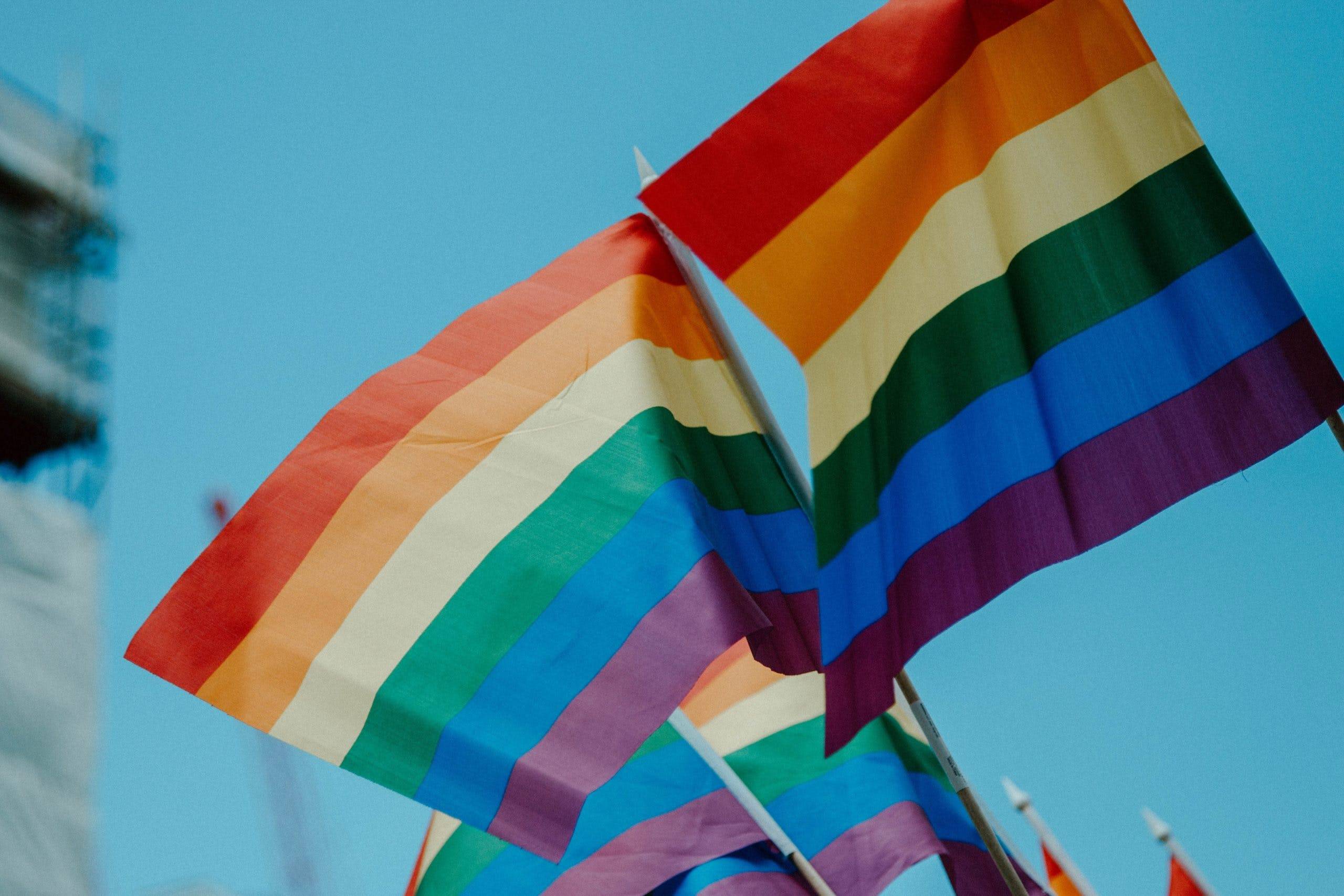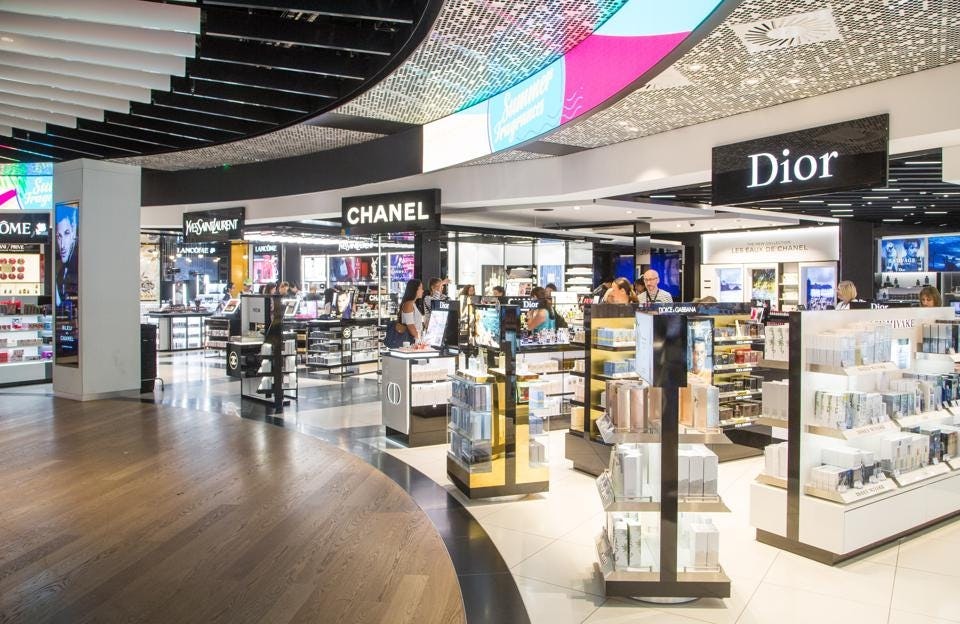Inflation in the U.K. is through the roof, and prices in grocery stores are rising along with it. As shoppers look for the lowest prices and are ready to shop around at different stores, loyalty programs are becoming key to retaining consumers.
Loyalty programs are popular in the U.K., where 65% of the population is signed up with a supermarket scheme. These programs lead to more loyal customers since 47% say they spend more with the supermarket whose program they belong to, according to the Data and Marketing Association in London.
Britain’s various supermarket loyalty schemes run the gamut from Lidl’s, which offers limited-time coupons; to Morrisons, which sends personalized money-off offers to shoppers; to Sainsbury’s, whose Nectar scheme lets customers gain one point per £1 they spend to save on groceries or with partner brands. Users also receive limited time offers, based on what they most frequently buy. Many Brits sign up to a grocery store’s loyalty program in order to get rewards from a partner brand, such as Tesco (partners include Disney+, Pizza Express) and Waitrose (partners with John Lewis department store).
Grocery store loyalty programs in the U.S. are similar, offering coupons, which are often personalized, fuel …



 Source: Forbes
Source: Forbes